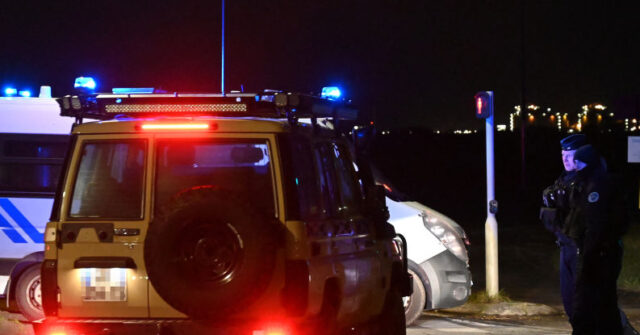In a tragic incident near Dunkirk, northern France, five individuals were killed in a series of shootings at and around a migrant camp. The shootings, which involved “precise shots to the head,” raised alarm within the local and broader communities. Hours following the event, a 22-year-old French man named ‘Paul D’ surrendered to the police, claiming responsibility for the violent outburst. Investigators found a significant cache of firearms in his vehicle, and paramedics indicated that the victims’ fatal injuries were likely inflicted by automatic weapons, underscoring the severity and methodical nature of the crime.
The first shooting occurred at a farmhouse in Wormhout, killing a local transit company operator in front of his family. This attack was perpetrated by a gunman who managed to escape in a vehicle. In a rapid succession of events, two Iraqi Kurdish migrants from the nearby Mardyck migrant camp were shot shortly afterward. They were reportedly returning from an attempt to cross the English Channel on a smuggler’s boat when tragedy struck. Friends of the slain men expressed their horror, stating that they had come face to face with death. This incident highlighted the perils faced by migrants as they pursue desperate attempts to reach the United Kingdom.
As the situation escalated, two security guards working at a local oil depot and port were also killed. Reports indicate that the shooter was a former port employee who may have had a longstanding grudge against the security company, suggesting that personal disputes may have played a significant role in the violent rampage. Shockingly, the shooter had no prior criminal record and was legally in possession of a repeating rifle. Witnesses and police sources noted that the precision of the shots indicated the gunman was quite skilled in firearm use, further raising questions about his motivations and state of mind during the attacks.
Dunkirk has long been a focal point for human smuggling operations, where migrants, often seeking to escape dire situations in their home countries, congregate in makeshift camps. The region has seen a rise and fall in the number of camps based on weather and law enforcement actions, with notable camps like Grande Synthe and Mardyck symbolizing the ongoing challenges faced by those attempting to reach the UK. Within these camps, volatility and tension often result from desperate living conditions, and the area has been marked by violence among both migrants and locals, although such methodical shootings remain notably rare.
Historically, violence in the region surrounding these transit camps has often been attributed to conflicts primarily between migrants, although local residents have not been entirely shielded from the turmoil. Reports of beatings, robberies, and even murders connected to the migrant situation have plagued the community, leading to a complex atmosphere of fear and mistrust. Indeed, these camps, which sometimes resemble small cities supported by volunteer charities, are not only sites of migration but also spaces where underlying social tensions can erupt violently, complicating the humanitarian crisis at hand.
As the investigation unfolds, the implications of these shootings are vast and troubling. Not only do they highlight the desperation of migrants and the dangers they face, but they also raise critical questions about security, human rights, and the steps needed to address both the needs of migrants and the safety concerns of local communities. The events also deeper issues tied to migration policies and international humanitarian efforts as authorities grapple with the realities of the ongoing migrant crisis in northern France and beyond. The loss of life adds to the growing tensions surrounding the issue, pressing for an urgent discourse not only on safety and security but also on compassion and understanding within an increasingly complex global landscape.

